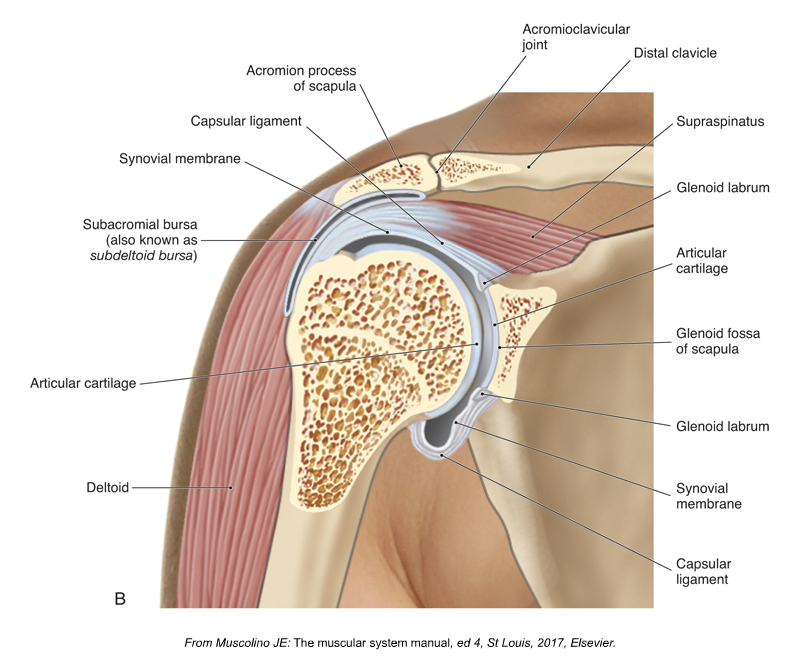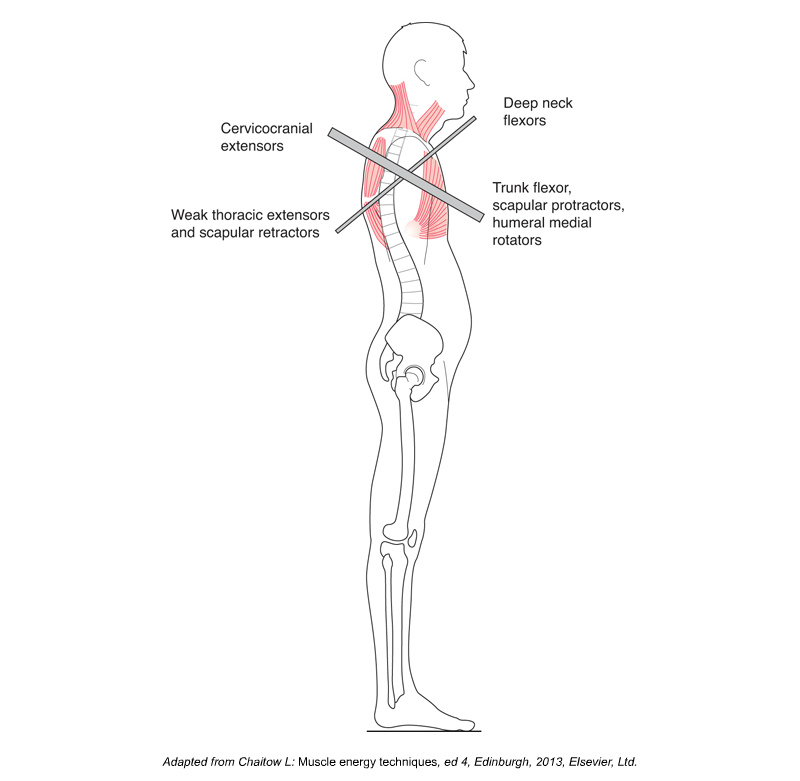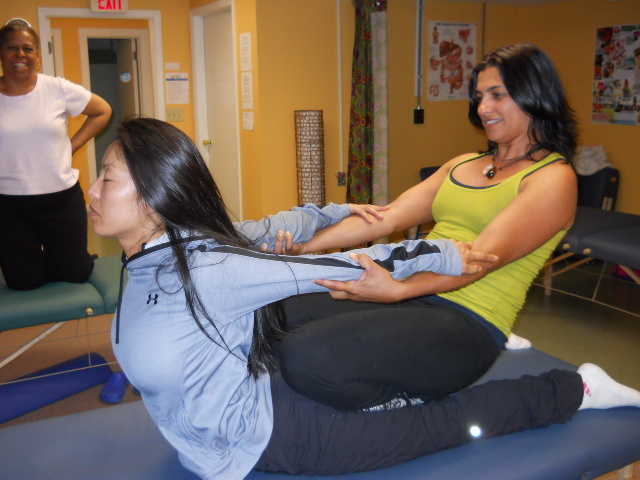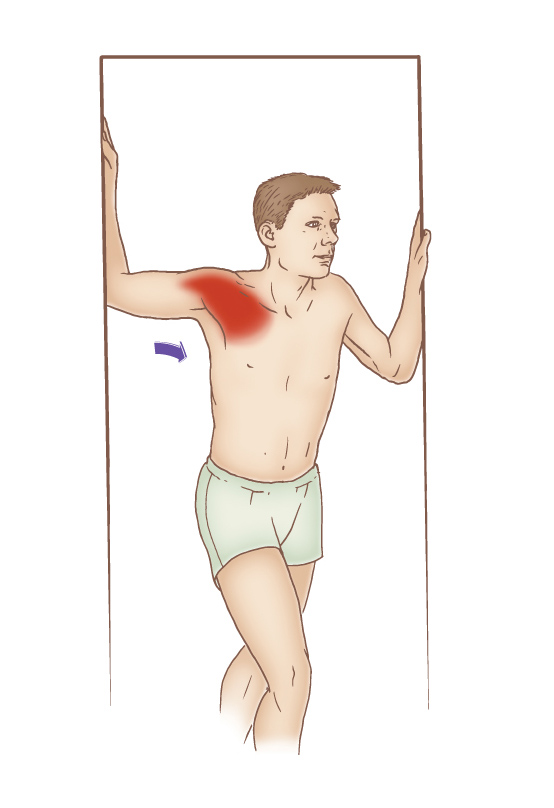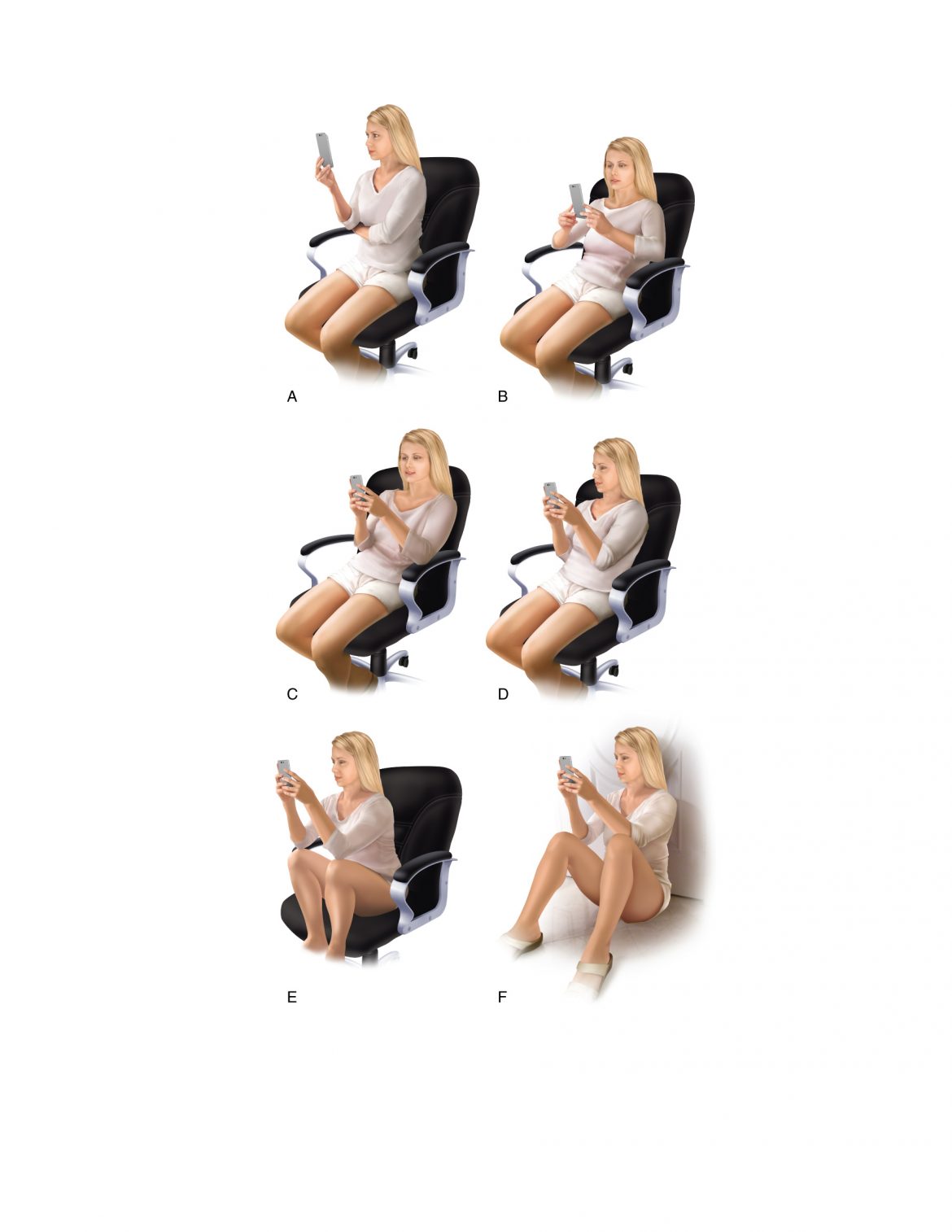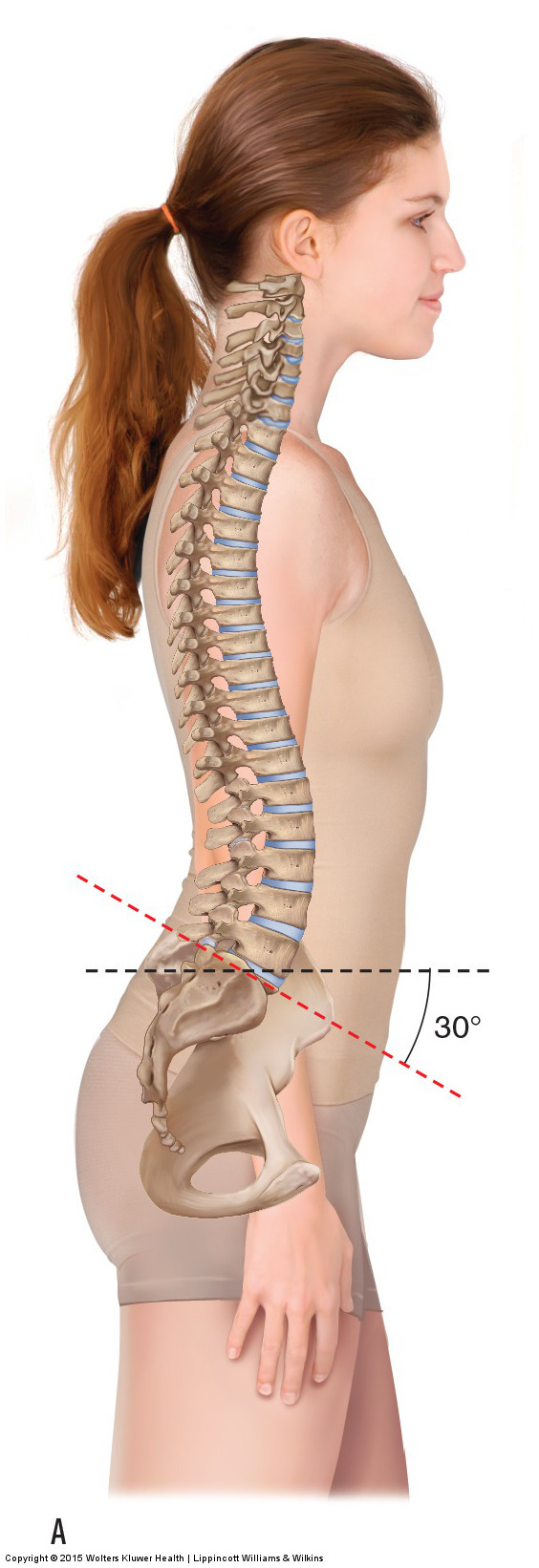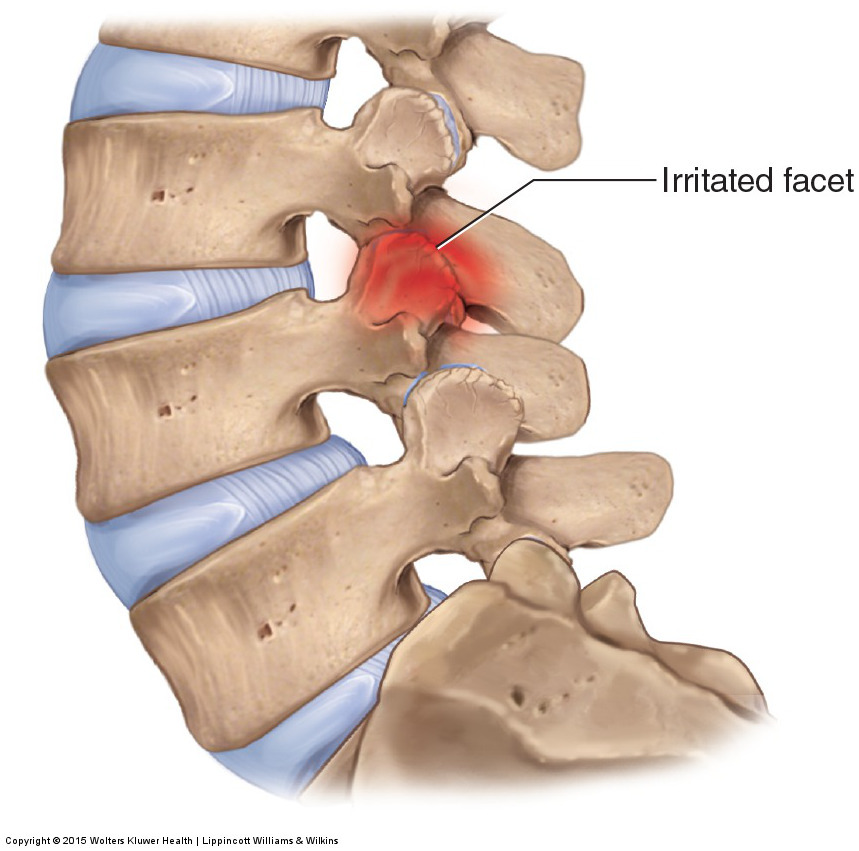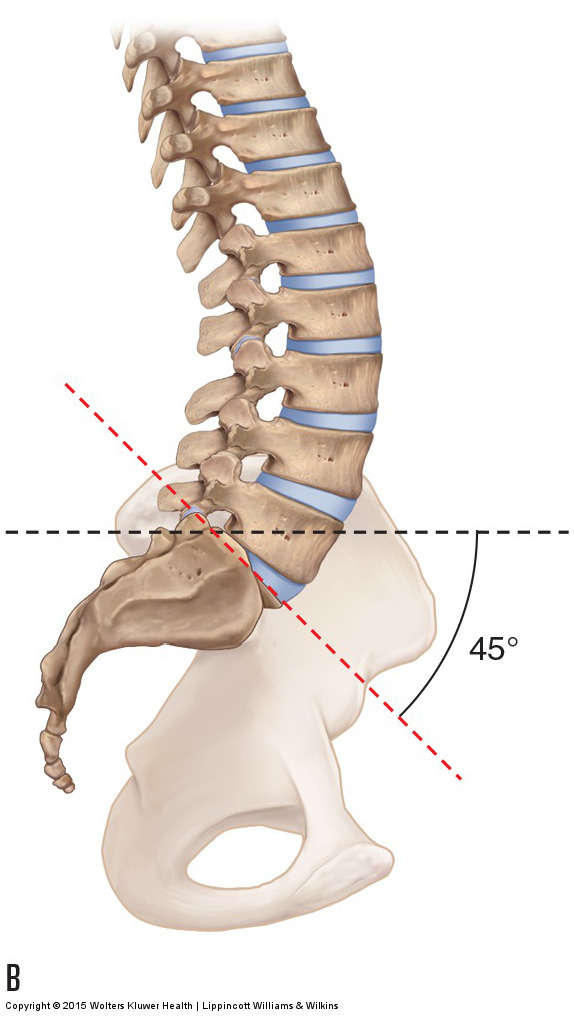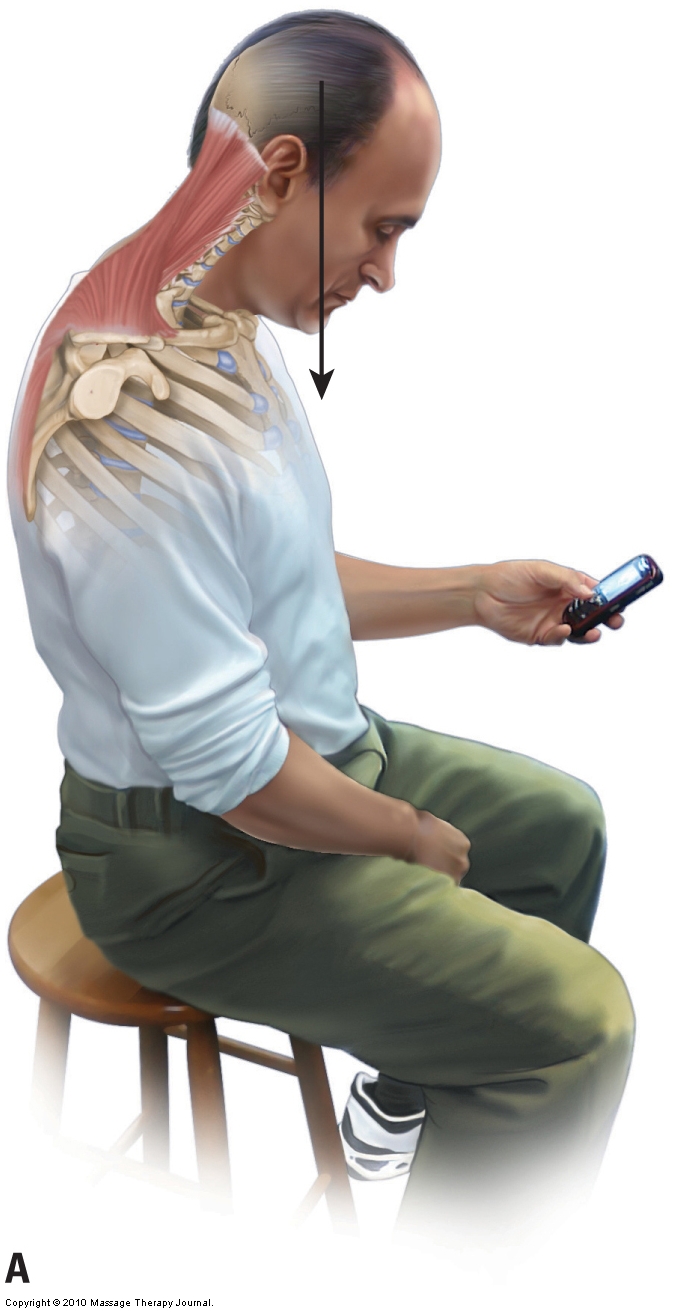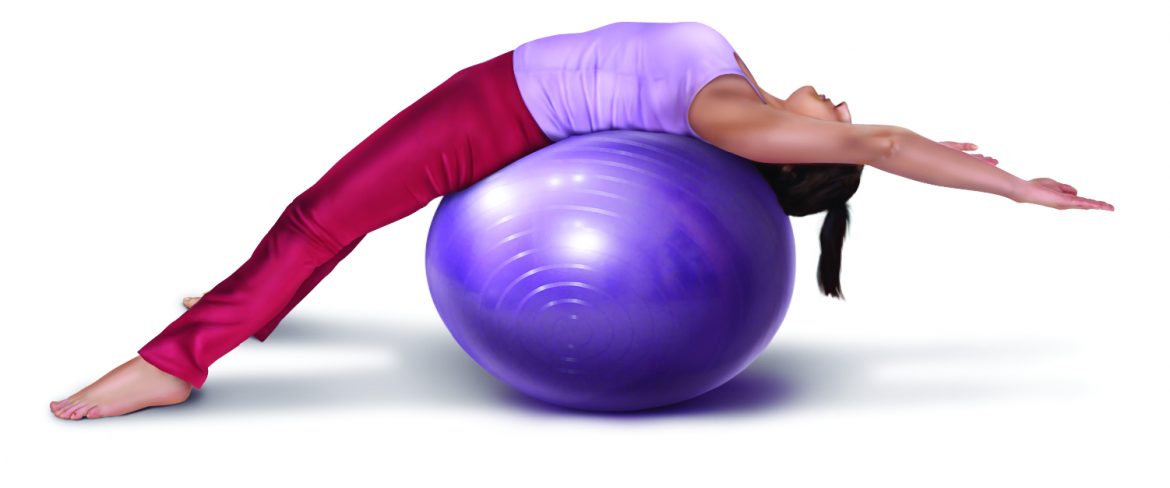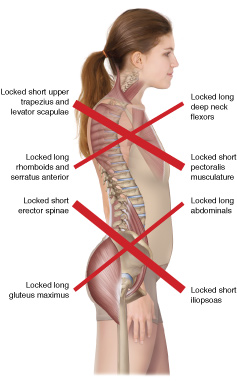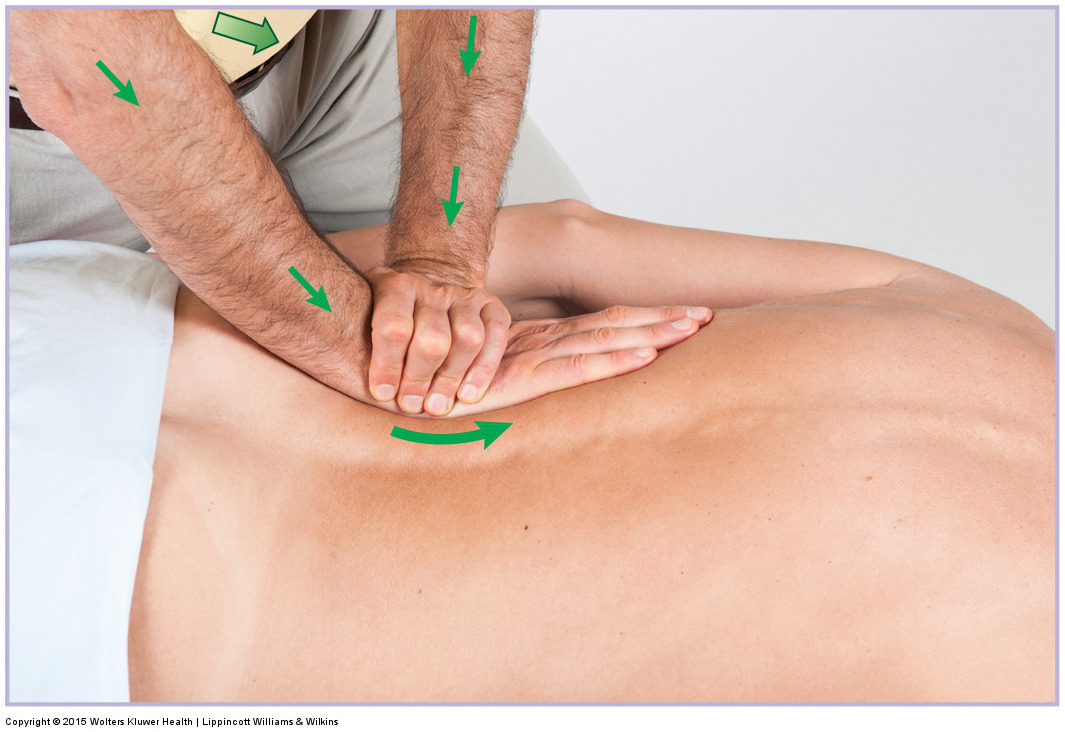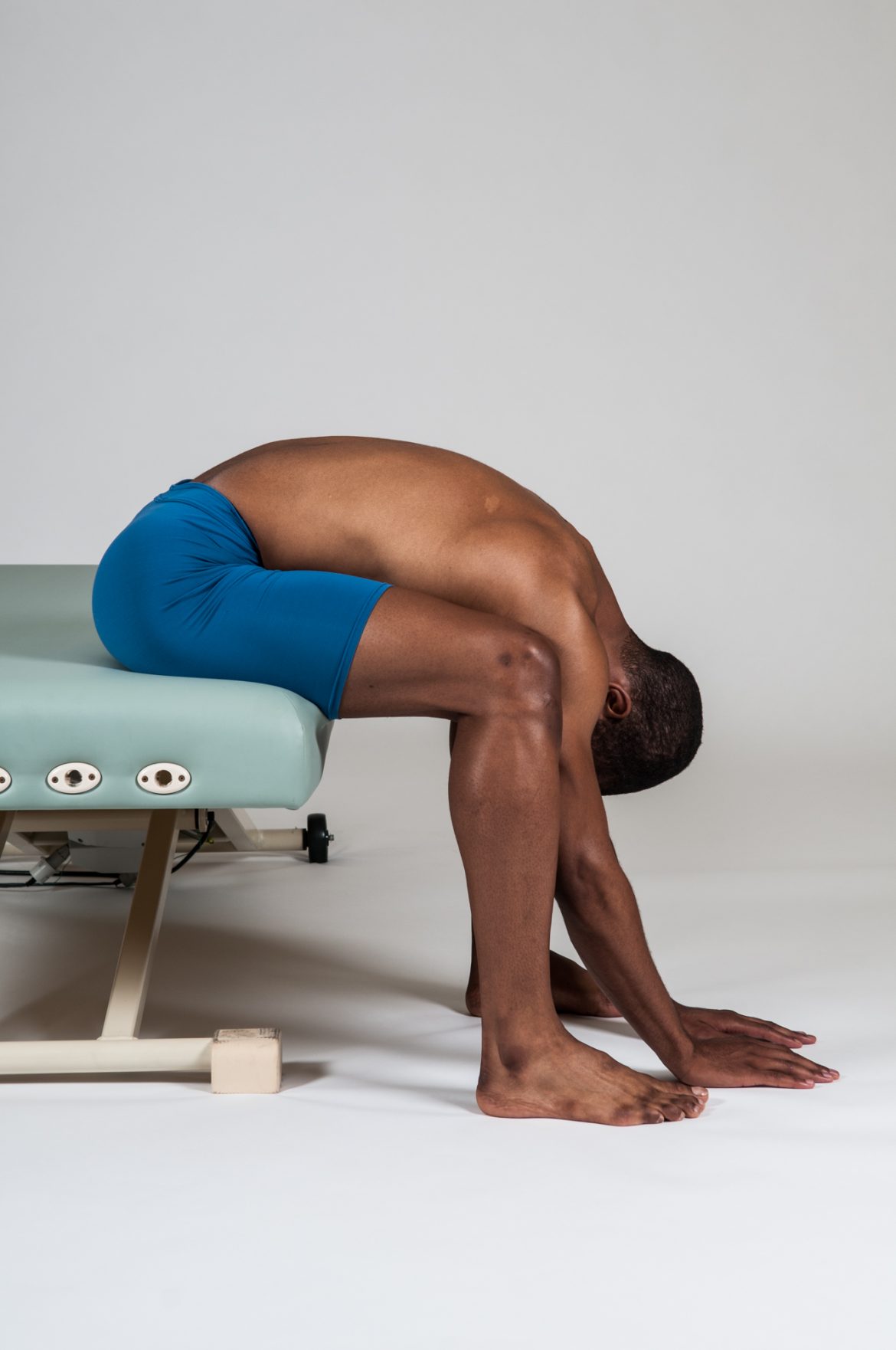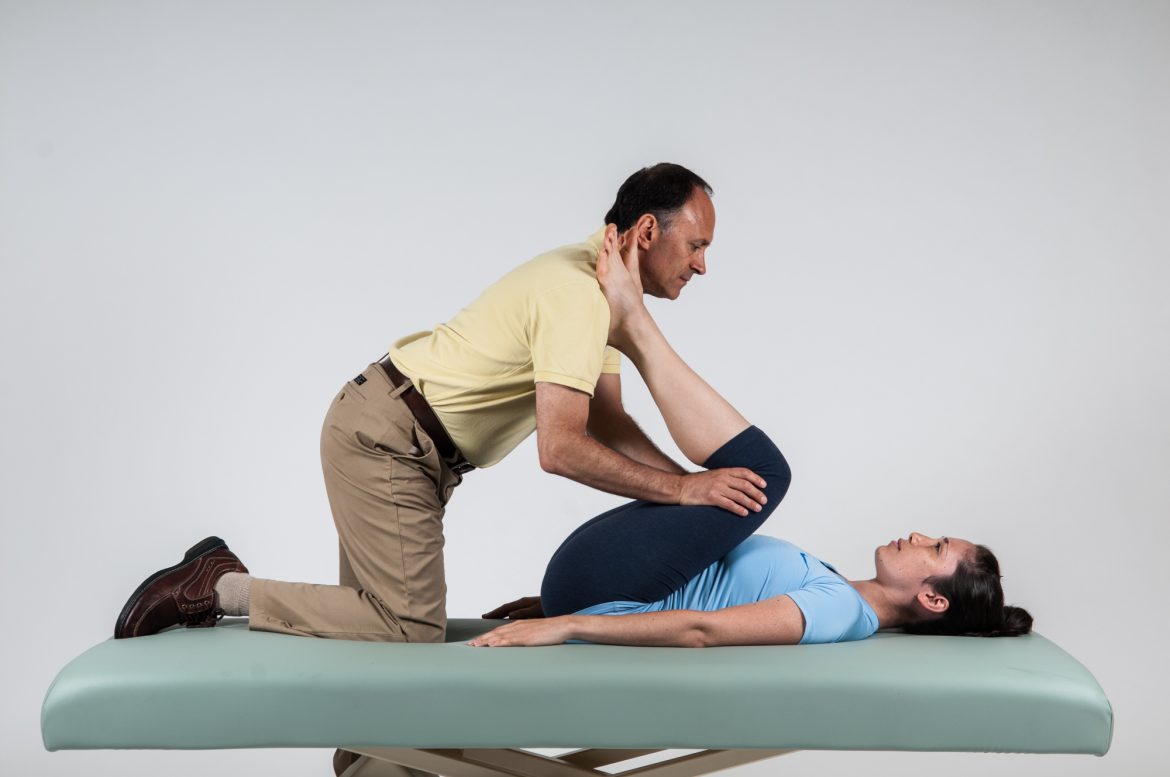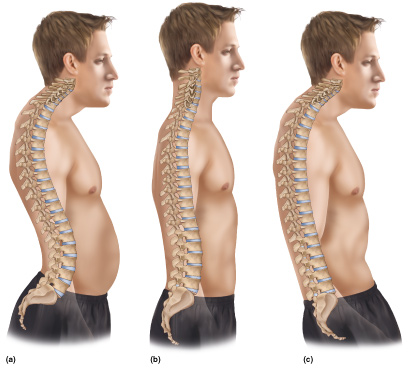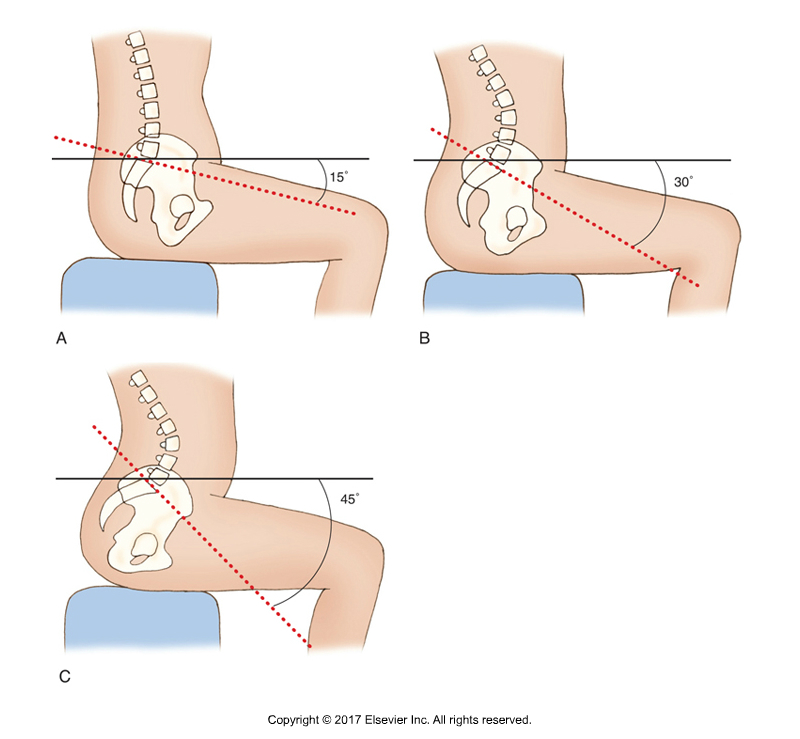For most of our clients who present with the postural distortion pattern known as upper crossed syndrome, it is important, perhaps absolutely necessary, to include thoracic spinal joint mobilization technique into extension as part of the treatment plan to address the thoracic hyperkyphosis.
Six Causes of Shoulder Impingement Syndrome – Part 1
Shoulder impingement syndrome is a condition in which the distal tendon of the supraspinatus and the subacromial bursa become impinged between the head of the humerus and the acromion process of the scapula. Following are the six major causes of shoulder impingement syndrome.
What is Upper Crossed Syndrome and what are its causes?
Upper crossed syndrome describes the characteristic pattern of dysfunctional tone of the musculature of the shoulder girdle/cervicothoracic region of the body.
Manual Therapy Case Study for Upper Crossed Syndrome
The therapist performed a static assessment of the client’s posture and noted the typical upper crossed syndrome with a hyperkyphotic thoracic spine, a hypolordotic lower cervical spine, a hyperlordotic upper cervical spine, protracted head, protracted scapulae, and medially (internally) rotated arms.
Self-Care and Medical Approaches to Upper Crossed Syndrome
When stretching the pectoralis musculature in a doorway, it is helpful to place the hand/forearm against the doorframe at various heights so that different aspects of the pectoralis musculature are preferentially stretched.
Signs, Symptoms, and Assessment of Upper Crossed Syndrome
The first and most obvious sign of upper crossed syndrome (named by Vladimir Janda) is the characteristic postural dysfunction of protracted scapulae, medially (internally) rotated humeri, hyperkyphotic (overly flexed) upper thoracic spine, and a protracted (anteriorly held) head.
The Price of Smart Phones – Ten Conditions Caused by Smart Phone Use
Following are ten of the most common dysfunctional postural patterns and injuries that may occur with smart phone (cell/mobile phone) use.
Postural Assessment of the Low Back and Pelvis
Good posture is defined as a balanced posture that is symmetrical and does not place excessive stress on the tissues of the body.
Facet Syndrome
Facet syndrome is a condition in which the facet joints of the spine (usually lumbar spine) are overloaded and become irritated, inflamed, and painful.
Lower Crossed Syndrome
The lumbosacral spine should have a healthy anterior pelvic tilt and lumbar lordosis. If they are excessive, the client has lower crossed syndrome.
Tension Headaches
A tension headache is caused by excessive pulling force of tight muscles in the back of the neck that exert tension on their attachments on the head.
Forward Head Posture
Forward head posture is extremely common, especially as we age. It is part of a larger posture dysfunctional pattern known as upper crossed syndrome.
The Thoracic Spine… The Silent Saboteur
There is an old saying that no posture is bad unless you get stuck in it. The problem is that the thoracic spine often does get stuck in bad posture.
Locked Short Muscles – Locked Long Muscles
Two opposing muscle groups, the “facilitated” muscles that are locked short and the “inhibited” muscles that are locked long.
A manual therapy case study on lower crossed syndrome.
Case Study: Kori is a 30-year-old store clerk. Her low back has been tight for as long as she can remember, but she never had any pain until recently.
What are the self-care and medical approaches to lower crossed syndrome?
For the client with lower crossed syndrome, it is also important to recommend moist heat followed by stretching of the low back and hip flexor musculature.
How do we treat lower crossed syndrome with manual therapy?
If consistent manual therapy care is given, including heat, massage, and stretching, lower crossed syndrome responds very well to treatment.
Signs, symptoms, and assessment (diagnosis) of Lower Crossed Syndrome
Assessment of lower crossed syndrome is made by the characteristic postural dysfunction of increased anterior pelvic tilt with hyperlordotic lumbar spine.
What is lower crossed syndrome and what are its causes?
Vladimir Janda’s lower crossed syndrome is characterized by increased anterior tilt of the pelvis and a hyperlordotic lumbar spine.


